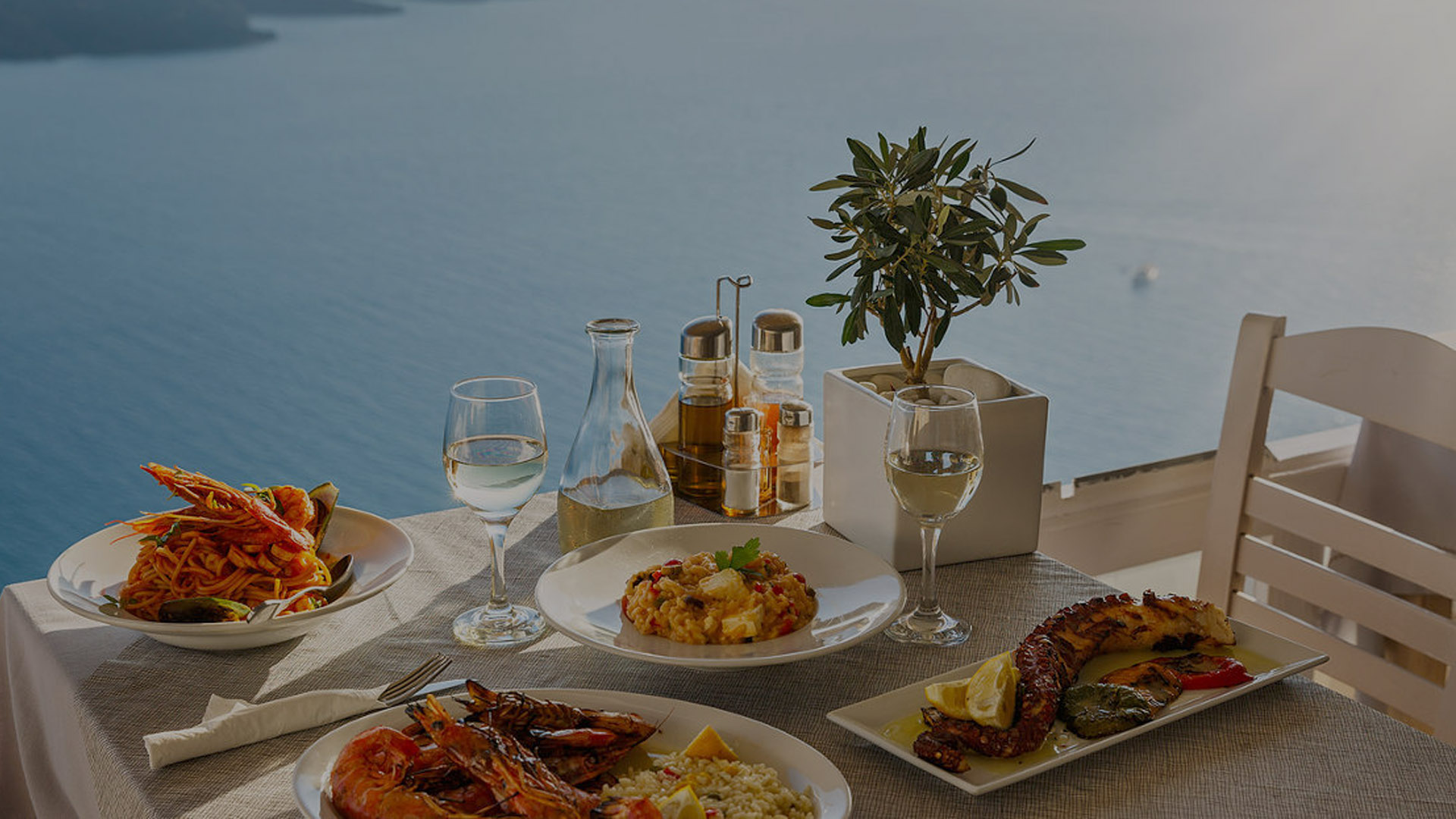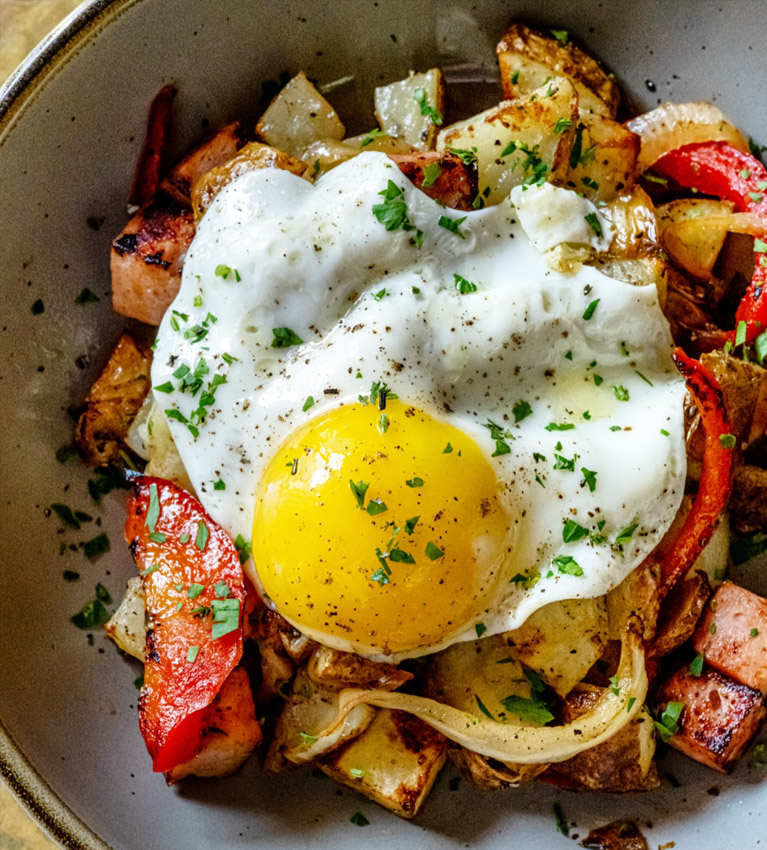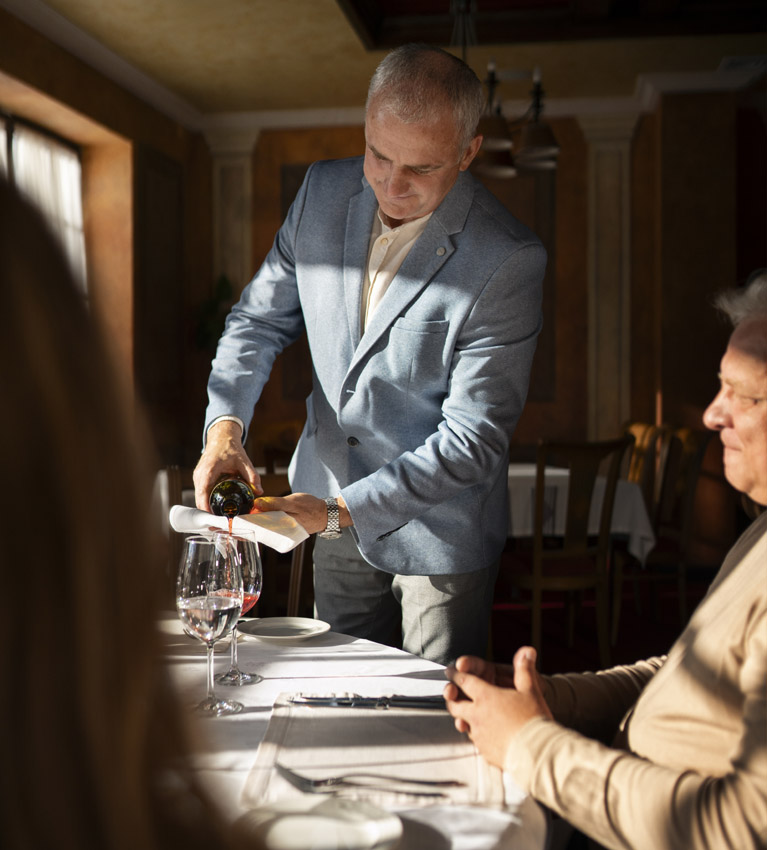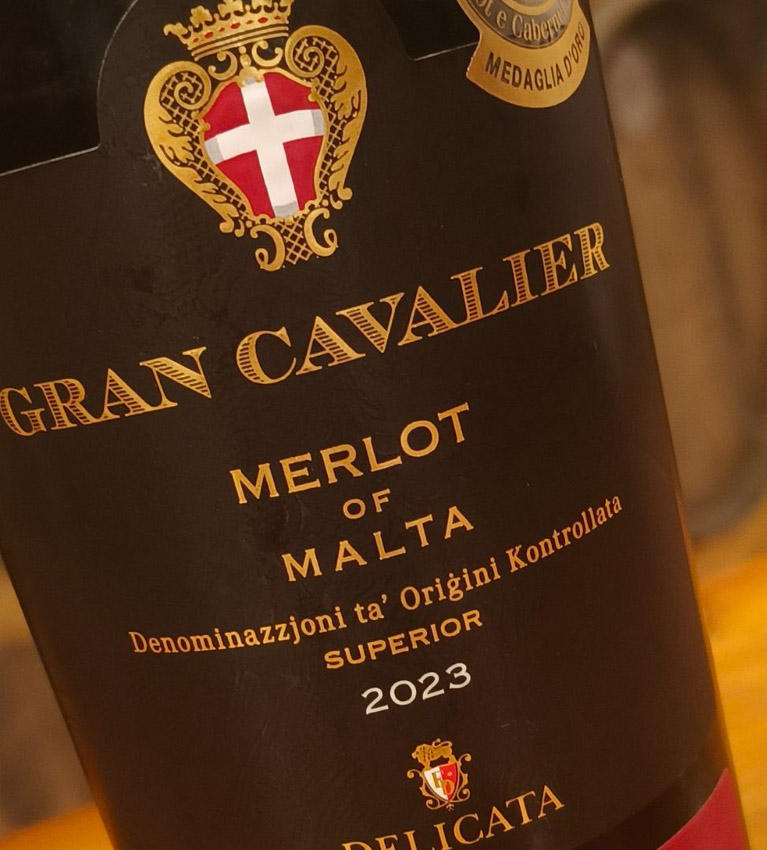
Culinary Travel: A Taste of Place to get a Sense of Place

The Malta Tourism Authority welcomes ITAKA Poland in 2024
April 21, 2024
The Institute of Tourism Studies Pioneering Global Education in Tourism and Hospitality
April 23, 2024Part 1 of this series takes a look at when and how the Culinary and Food Tourism Industry came to be. It discusses the terms used in the industry, how they interact, and how the industry has evolved.
The way forward and strategy for the implementation of a successful culinary tourism programme and how they fit in the overall food tourism industry.
How old is the food tourism industry? By one account, you can say that the industry started in 1999 when academician Lucy Long coined the term “food tourism”. By another account, you could say that the industry started in 2003 when the International Culinary Travel Association was founded. But by still another more authentic measure, you could say that food tourism has been around for hundreds of years if you consider the spice routes of Central Asia or seafaring traders in the high seas of an age gone by. The International Culinary Travel Association rebranded and changed its name to the World Food Travel Association in 2012.
The four terms used to describe food tourism are mainly: Culinary, Gastronomic, Gastronomy and Food.
Culinary Tourism, Gastronomic Tourism, Gastronomy and Food Tourism, although they might be considered to be synonymous, and are frequently but erroneously interchanged, have quite distinct differences from one classification to another.
Culinary tourism, gastronomic, food tourism or gastronomy tourism all form part of the exploration of food as the purpose of tourism. Food is considered a vital component of the tourism experience. Dining out is common among tourists and "food is believed to rank alongside climate, accommodation, and scenery" in importance. It is left to individual tourists or groups to select their preferences for each sector.
A culinary journey is about a unique eating and drinking experience at the travel destination. It does not mean having gourmet food or dining luxuriously but rather appreciating authentic local food along with gaining knowledge about the ingredients, their source and their procurement. It also includes cooking or demonstration classes, farm visits (from farm to fork); factory visits; fish and seafood markets (from sea to plate); vineyard visits and food & drink festivals.
Culinary tourism is a domestic tourism activity, with consumers travelling to places to eat and drink specific produce, or traditional regional food cooked, prepared and presented as it has been done for generations.
Culinary experiences are so much more than just food. It is the ambiance, the service, the location which all come together to create a unique experience that one can only get in that one place. The passion to find the best experiences can lead us to unexpected places and cuisine that form part of that experience.
Culinary tourism is the act of travelling for a taste of place to get a sense of place. Thus the pursuit and enjoyment of unique and memorable food and drink experiences both far and near. In this scenario drinking beverages is an implied and associated activity.
The onus here is a taste of place to get a sense of place.
Therefore Culinary tourism is the focus on food as an attraction for exploration and a destination for tourism. Although food has always been a part of hospitality services for tourists, it was not emphasised by the tourism industry until the late 1990s as stated earlier.
Gastronomic tourism refers to trips made to destinations where the food and beverages scene are the motivating factors for travelling to a particular place. Gastronomic tourism can focus on gourmet dining or dining luxuriously in expensive restaurants, thus this term connotes high-end dining experiences. Gastronomic refers to the art or science of good food and its preparation.
It describes the culinary arts which involve the study and practice of preparing and presenting food in an aesthetically pleasing and delicious manner. It refers to the appreciation of good food and wine, as well as the culture and traditions that surround it.
Gastronomy on the other hand is often tossed around in the culinary field. It is used to define everything from fine dining experiences to specific studies of the chemical manipulation of food. Gastronomy is an art and a science which can be cross-ethnic (nation, race, groups, religious or cultural). In essence, gastronomy is the study of food and everything that surrounds it, from its production and consumption to its cultural and social significance.
It is a broad and complex field that encompasses many different disciplines and perspectives, and is essential for understanding the role that food plays in our lives and the world around us.
In various cases culinary tourism is also referred to as food tourism but food is food in whatever guise or mode it takes. Bread is food; fruit and vegetables are food; meat, poultry, fish and seafood are food; anything that is edible is food. Food is a necessity for all living creatures to live. In this feature we are looking for that one thing that not only defines but which qualifies it as giving the traveller a taste of place to get a sense of place.
That term is Culinary Tourism.
Taste of Place to get a Sense of Place – tours are memorable experiences that bring to life the story behind the food and drink of a specific geographic area. The natural material and intangible elements such as hospitality that contribute to the experience of food and drink in an area are also parts of its taste of place.
There is no single “taste of place” for a region or country. Instead each destination should be seen as a rich tapestry of tastes that woven together are its unique “taste of place”.
In the two decades since the industry of Culinary and food tourism was founded, food tourism has grown to become one of the most popular niches in the tourism industry worldwide. Everyone eats and drinks so food and drink are products relevant to one hundred percent of visitors. Not every traveller chooses to go shopping or play golf, but every traveller eats and drinks.
We can work to help visitors have unique and memorable food and drink experiences whilst holidaying here.
Alas, studies have shown that many destination marketing organisations continue to pursue food tourism development and promotions but many of them still do not understand the industry fully. For example, we still see menu guides and restaurant guides, sometimes featuring chains, commonly used to attract foodie travellers.
We also see destination marketers seeking to promote their best and most expensive culinary experiences, assuming this is what foodie travellers want.
With only a small percentage, less than ten percent, of foodies self-identifying as “gourmet”; destination marketers could be missing over ninety percent of their potential universe of customers. Perhaps most importantly, we see tourism offices undertaking food tourism tactics, without any strategy in place.
This is akin to driving to a destination without a roadmap or knowledge of where you might be going. You might get to your goal in the end but it will probably take much longer to achieve success, cost much more, and may cause a lot of wrong turns along the way.
We know that money is tight, the fallout from the 2020/2022 COVID-19 pandemic is nearly over, but the industry is suffering from useless and aimless wars which have caused a massive increase in prices, lack of staff as most of the good local ones had left the industry in those two years and found other employment, and thus the industry has to adjust to new norms which do not necessarily give discerning Culinary Travellers that taste of place to get a sense of place, which is so needed for the success of any Culinary Tourism programme.
Stay tuned for Part 2 where in Issue 16 Reno discusses culinary tourism destinations and the 2023 culinary travel report.

Reno Spiteri is currently the WRMC Executive Director. He is qualified as a professional engineer and holds a Degree in Project Management and Marketing. He is also qualified in Wine & Spirits studies having undergone advanced courses of study with the WSET and the Society of Wine Educators; and is a Professioel du Vin with the Chaine des Rotisseurs of Paris. Reno is also a Certified Culinary Travel Professional through the World Food Travel Association of the USA.
The Wines & Restaurants of Malta (WRMC), was created in 2009, after the success that was achieved with their social media group on Facebook which started in 2004. The mission of the WRMC is to inspect, assess, and award restaurants for the highest dining experiences depending on style and category.
For more information visit https://winesandrestaurantsofmalta.com/
Click here to see Horeca Issue 15 online




